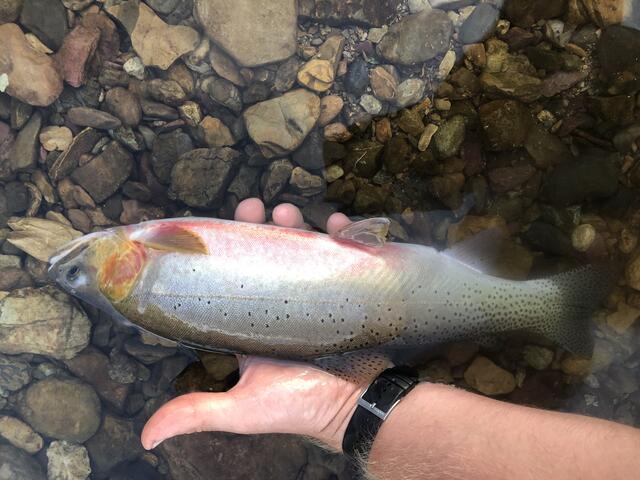Admission CTAs
New George Mason University study could impact the way scientists measure gene expression
The way researchers measure gene expression can impact their study findings according to a new study from George Mason University. Gene expression – the process through which DNA is converted into products such as proteins – is essential for investigating many questions in ecology, evolution, and medicine. It reveals what individuals, including humans, are doing at any given time. In the case of wildlife, gene expression provides important insights into an organism’s physiology, behavior, ecology, and adaptive potential. But many factors unrelated to an experiment can potentially influence gene expression and cause misleading results. Identifying these factors will improve scientific research ranging from molecular medicine to field ecology.
In their latest study, Dr. Ylenia Chiari, Assistant Professor of Biology, and Dr. Scott Glaberman, Assistant Professor of Environmental Science and Policy, as well as biology alumnus Nickolas Moreno, studied how different experimental techniques, including sampling method and sample storage, affect gene expression measurements.
Researchers captured westslope cutthroat trout (Oncorhynchus clarkii lewisi) using dip netting versus electrofishing and collected tissues from fish immediately after euthanasia versus five minutes later. As different sampling conditions in the field may require different sampling or storage methods, the study aimed to assess if these differences may cause changes in gene expression and thus potentially influence the results and their interpretation. The team did not note any significant differences in gene expression between the two sampling techniques or between how the samples were stored—indicating that these factors played little to no role in affecting gene expression.
Another goal of the study was to assess how different methodologies commonly used to obtain large scale data on gene expression may influence gene expression estimates. Currently more cost-effective methods to obtain data on gene expression have been developed, allowing processing of a larger number of samples compared to the traditional methods. However, there are conflicting data on how these methods perform when compared with each other. Chiari and her team noticed that the traditional method consistently measured more genes than the cheaper one and that the two methods also varied in the level of estimated gene expression.
As such, while the cheaper method can be a valid option to process a higher number of samples, results obtained with this method should be checked by processing some samples with the traditional method to ensure that the results are not biased.
The team selected to study westslope cutthroat trout as it is an endangered species and understanding its gene expression informs conservation efforts. Yet, this study has a much broader impact.
“If contaminants enter into the environment and you want to measure immunity, or understand how changes in temperature affect an organism, you can do so through measuring gene expression,” Chiari said. “However, gene expression is very sensitive, so it’s essential to confirm that findings are not misleading.”
In addition to Mason’s scientists, the study also includes the expertise of Scott Relyea, James Dunnigam, and Dr. Matthew Boyer from the Montana Fish, Wildlife and Parks, Leif Howard and Dr. Gordon Luikart from the University of Montana, and Dr. Marty Kardos from the National Oceanic and Atmospheric Administration. Researchers from the Montana Fish, Wildlife and Parks received support for this study from a grant provided by Bonneville Power Administration.This is part of a larger project on trout conservation funded by Montana Fish, Wildlife and Parks to Dr. Chiari.

